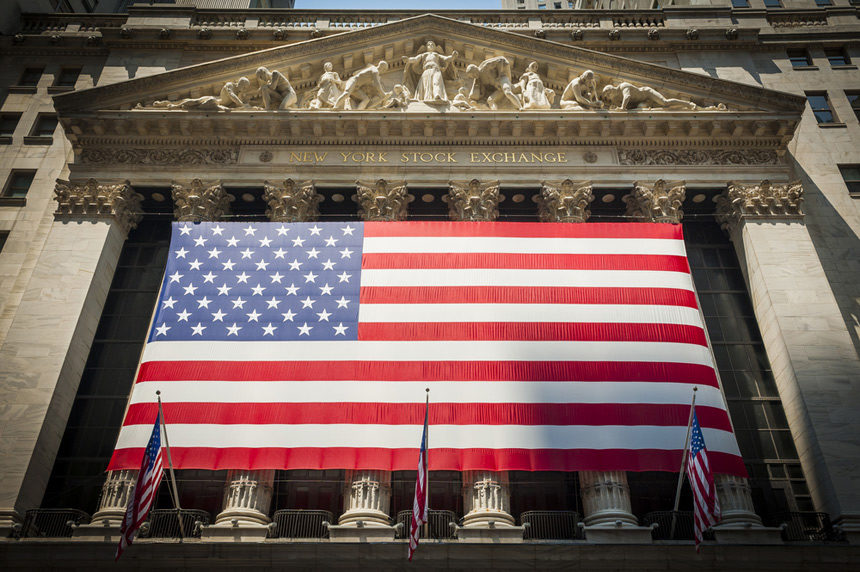The Great Recession was declared to be ending by 2009, but the recovery would be a long and troubled one. In a speech to the Economic Club of New York on November 20, 2012, Federal Reserve Bank chair Ben Bernanke attributed the slow recovery to a number of “headwinds” pushing against it. Among those he enumerated were a slow housing market recovery as loan terms had tightened, the damage to lending institutions, and the suggestion that some federal policies hadn’t gone far enough in their efforts to help regular citizens.
While “slow recovery” has been the name of the game for the last 10 years, observers like Sarah Jaffe, author of Necessary Trouble: Americans in Revolt, believe that we have not yet gotten over the Great Recession. “‘Jobs’ numbers are back up, but the jobs that exist are materially worse than the ones that were lost in the Recession,” she says. “Young people who graduated into it will have worse life outcomes than people who graduated and got jobs just a few years before. Older people who lost jobs during the Recession will never get back what they lost. Millions of people lost homes.”
Professor Robert Johnson cautions that we may have new problems stemming from the solutions of the old ones. He says, “A cause for concern are efforts by the Trump administration to weaken the financial rules [such as Dodd-Frank] that were put in place in the aftermath of the financial crisis. Substantially reducing the key rules would be a major mistake and would increase the likelihood of another financial crisis.”
In fact, many other experts have begun sounding the alarm that we should be prepared for a new recession. Jared Bernstein, former chief economist to Vice President Joe Biden, authored a paper with Ben Spielberg, research associate with the Center on Budget and Policy Priorities, called “Preparing for the Next Recession: Lessons from the American Recovery and Reinvestment Act” in 2016. They argue that elements of the social safety net, including unemployment insurance and SNAP, should be strengthened and contain built-in triggers to expand coverage at times of crisis. Additionally, they advocate for dedicated funds to back job creation and house payment vouchers for struggling families in the event of another meltdown. Other economists and writers predict recession on the back of tariffs and other policies initiated by the president. The unifying message of these writers seems to be this: It’ll be here sooner than you think.
A report from July 2018 shows that Americans are saving at a rate of 6.7 percent, up from the 4.2 percent they had estimated.
On one hand, one hopes that Americans remember these periods of struggle and have learned from them, and perhaps we have: The Commerce Department’s Bureau of Economic Analysis delivered a report in July 2018 that shows that Americans are saving at a rate of 6.7 percent, up from the 4.2 percent they had estimated. On the other hand, the banks and the U.S. government might still be slow learners. At a gathering at the Brookings Institution in Washington, D.C., in July, former Treasury Secretary Henry Paulson cautioned that the increasing deficit needs to be dealt with too, saying, “It will slowly strangle us.”
Whatever the case, the Great Recession and its effects certainly live within the recent memory of the American people. Perhaps the rise in savings is an indication that we’re unwilling to get trapped in such circumstances again. And maybe the reluctance on behalf of millennials to invest in houses instead of apartments is born of a wariness that they learned from the days of the bubble. As usual, the best advice might come from Benjamin Franklin: “An ounce of prevention is worth a pound of cure.”
This article is featured in the January/February 2019 issue of The Saturday Evening Post. Subscribe to the magazine for more art, inspiring stories, fiction, humor, and features from our archives.
Become a Saturday Evening Post member and enjoy unlimited access. Subscribe now



